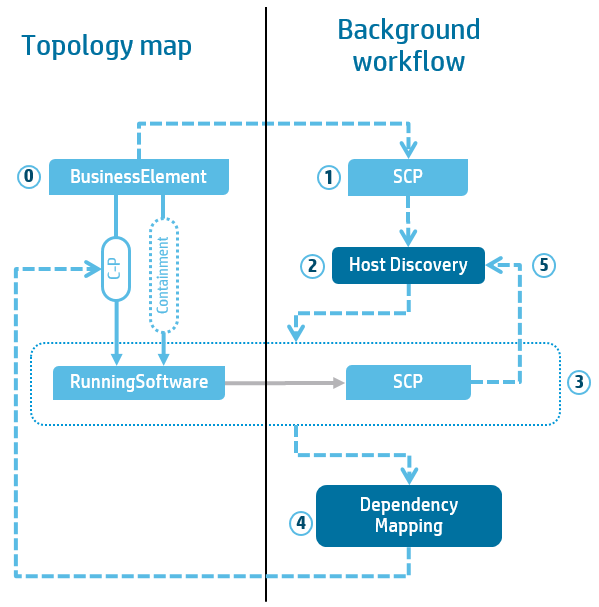Searching the Help
To search for information in the Help, type a word or phrase in the Search box. When you enter a group of words, OR is inferred. You can use Boolean operators to refine your search.
Results returned are case insensitive. However, results ranking takes case into account and assigns higher scores to case matches. Therefore, a search for "cats" followed by a search for "Cats" would return the same number of Help topics, but the order in which the topics are listed would be different.
| Search for | Example | Results |
|---|---|---|
| A single word | cat
|
Topics that contain the word "cat". You will also find its grammatical variations, such as "cats". |
|
A phrase. You can specify that the search results contain a specific phrase. |
"cat food" (quotation marks) |
Topics that contain the literal phrase "cat food" and all its grammatical variations. Without the quotation marks, the query is equivalent to specifying an OR operator, which finds topics with one of the individual words instead of the phrase. |
| Search for | Operator | Example |
|---|---|---|
|
Two or more words in the same topic |
|
|
| Either word in a topic |
|
|
| Topics that do not contain a specific word or phrase |
|
|
| Topics that contain one string and do not contain another | ^ (caret) |
cat ^ mouse
|
| A combination of search types | ( ) parentheses |
|
Dependency Mapping Flow
This section provides a brief overview of the basic flow that occurs during dependency mapping:
- The first service connection point (SCP) is generated from the service entry URL of the business element.
- Each service connection point triggers a new discovery job against the host and listening port if their owner has direct or indirect consumer-provider relationship with the business element in the scope.
-
A running software instance and its deployable components are discovered. Their SCPs are also generated.
At this step, the process first uses configuration signatures to discover the running software, and then uses TCP connection if configuration signatures are unsuccessful. The process no longer uses TCP connection if configuration signatures succeed.
-
The dependency job queries all discovered running software CIs against the IP address, listening port, and service context in the SCPs generated in the previous step.
If one’s (provider) IP address, listening port, and service context match the corresponding data in the other’s (consumer) SCP, the consumer-provider relationship is created between the two running software CIs (or deployable components).
Note The dependency mapping process also creates the containment relationship between business element and its immediate next-hop.
- Repeat from step 2 to discover the next hop.
The following diagram illustrates the dependency mapping flow and shows how the topology map is updated during the process.

We welcome your comments!
To open the configured email client on this computer, open an email window.
Otherwise, copy the information below to a web mail client, and send this email to cms-doc@microfocus.com.
Help Topic ID:
Product:
Topic Title:
Feedback:





